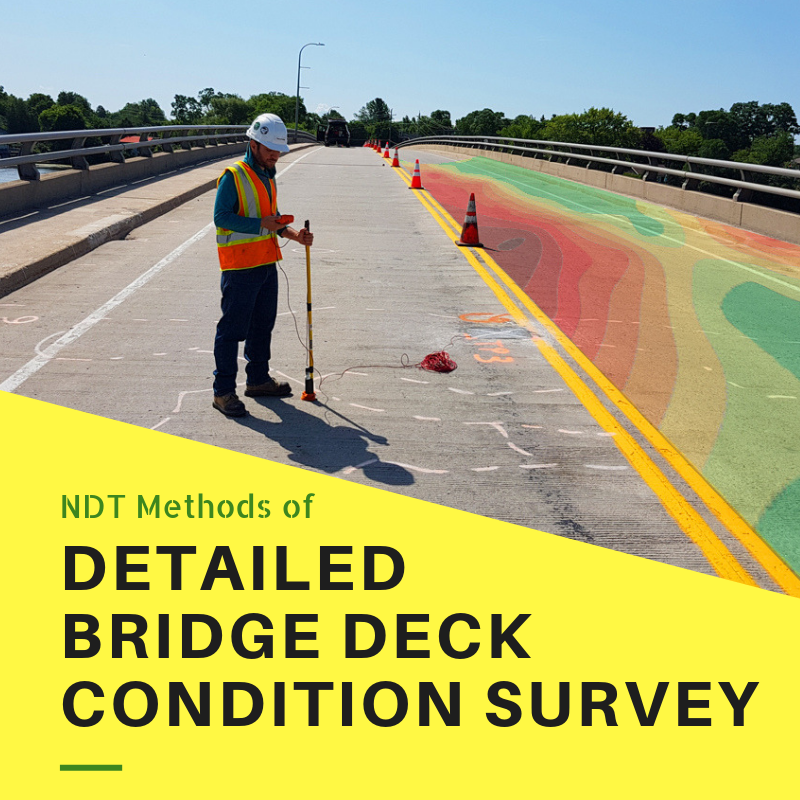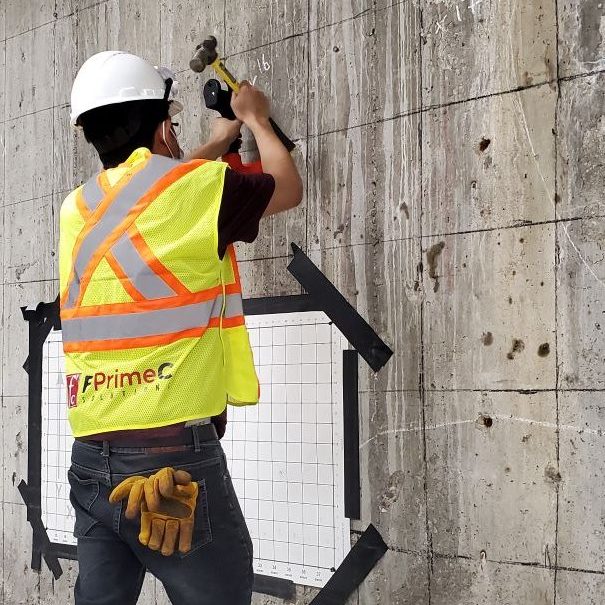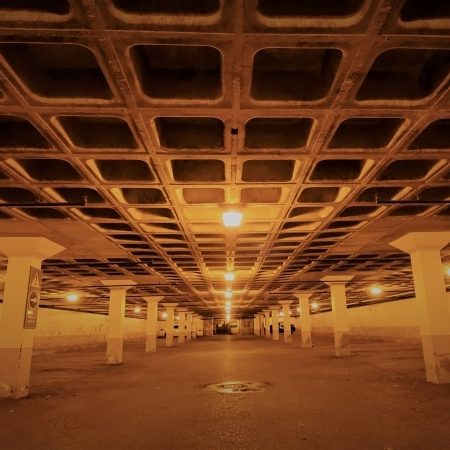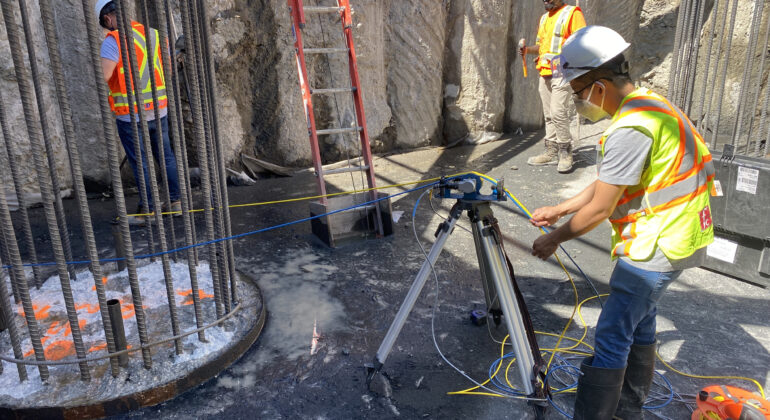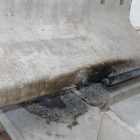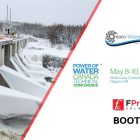Non-Destructive Testing for Detailed Bridge Condition Survey
Introduction Bridges are among the most important infrastructure facilities. So far, the inspection and testing of bridge structures have largely been limited to visual inspection, chain dragging, extracting cores, and in some cases, half-cell corrosion potential mapping. Lots of interesting research have been done by researchers around

